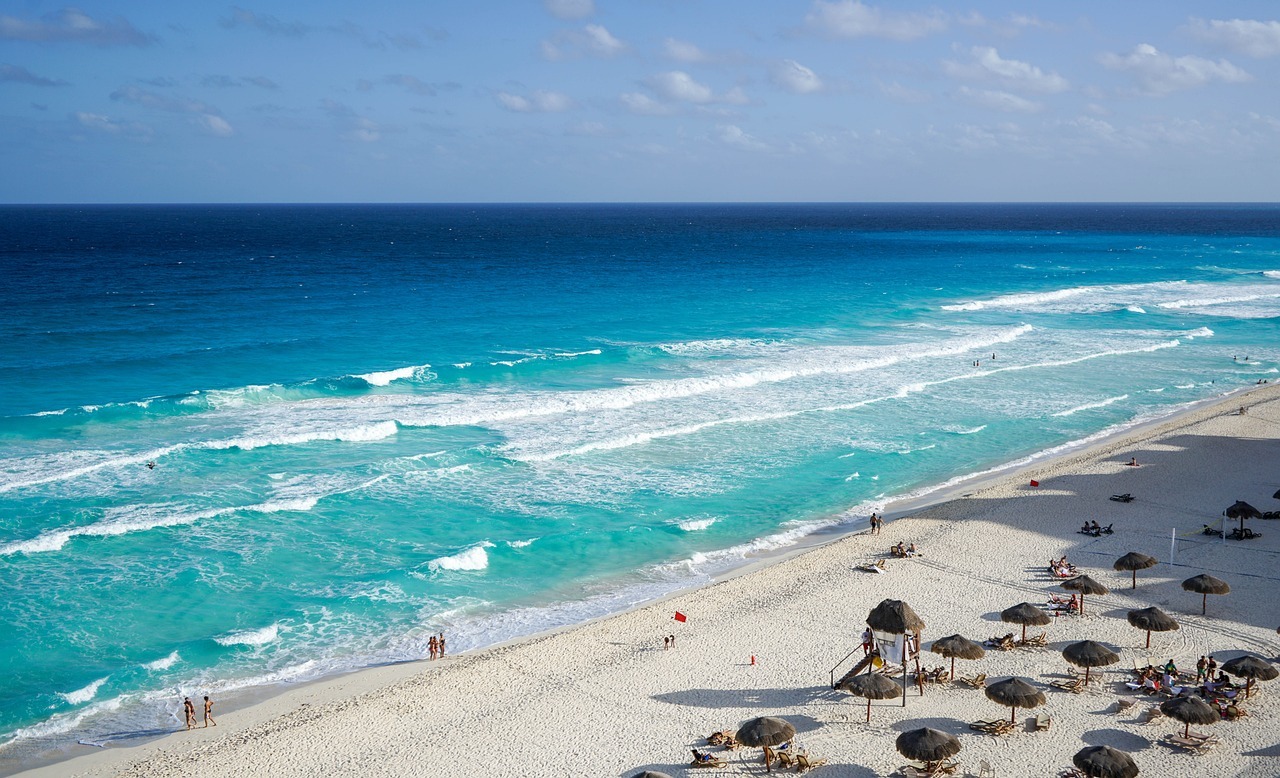To avoid accidents, injuries, and tragedies as well as to ensure an enjoyable beach experience, it is important to stay safe. And in order to stay safe, of course, you should follow the safety rules and precautions at the beach, as well as some which are listed below:
1. Know how to swim
Having the ability to swim is a life-saver indeed, for it protects one from injury and drowning. It is best for kids to learn to swim at an early age. If a child doesn’t know how to swim, and they are playing by the water, it is vitally important for the parent or caregiver to keep an eye on them to keep them safe.
2. Go for a swimming spot nearest to a lifeguard
Do you know that a majority of drownings occur at unguarded beaches? Lifeguards are specially trained to spot and identify things or incidents on the ocean that can go wrong. It’s always best to swim near the lifeguard’s station, especially when there are fairly strong waves which can cause you injury or drowning.
3. Alcohol should be avoided in some occasions
While it’s OK to drink alcohol by the beach, you should not drink too much. Not only can an excess of alcohol lead to dehydration, but you will also get drunk, of course. And entering the water when you’re inebriated and “out of sorts” is a big no-no.
4. Drink lots of water and wear sunscreen
While having a sunny day at a beach is fun, you could get seriously in trouble if you do not wear sunscreen and drink water. Apply sunscreen to protect yourself against burning and skin cancer, and drink plenty of water to keep you hydrated as well as to prevent heatstroke.
5. Be aware (and beware) of the waves
Strong waves, in particular, can cause serious injuries that range from a sprained ankle to a dislocated shoulder, to even a damaged spinal cord which can lead to paralysis.
6. Learn to identify a rip current
A little maritime education might save your life when you go to the beach. A lot of accidents happen in the sea because most swimmers do not know what a rip current is, or how it works. In fact, rip currents have led to 80% of the lifeguard rescues.
So what’s really a rip current? Not to be confused with a “riptide,” a rip current is a narrow but very powerful localized channel of fast water which flows from near the shore and towards the sea. A lot of swimmers have tried to get back to the shore by swimming straight against the rip current, which will put themselves at risk of drowning due to fatigue. Remember that rip currents move remarkably faster than an Olympic swimmer!
If you get trapped by a rip current, don’t get panicked. Instead, stay calm and keep yourself afloat — this will help you to conserve your energy. Then raise your hand, and attract the attention of the lifeguard or lifesavers until they come to your rescue.
Or if there’s no immediate help to be found, you can still survive a rip current by your own. Instead of countering a rip current by swimming straight back to the shore, swim along the shoreline. When you find yourself free from the current’s pull, you can now swim directly — and safely — to the shore.
7. Wear shoes
The feeling of sand under your feet is one of the typical experiences when you’re on the beach. But when temperatures go as high as 100 degrees, the sand might even burn your feet! To keep that from happening, wear shoes. Not flip-flops, just shoes.
8. Look and observe warning signs and flags at the beach
Posted signs and flags may differ from one beach to another (or even from one state to another). Still, it is important to look at these signs and warning flags and obey their directions — it is for your own safety anyway. If you are not so sure what these signs mean, just ask the lifeguard.
9. Swim with a friend
Unless you’re really a swimming legend perhaps, remember not to swim alone. Most drownings occur on single swimmers. Always have someone else with you nearby whenever you swim. When one of you is in trouble, your friend may be able to help you, including making a distress signal to other people for rescue.
10. Wear a life vest
Remember that swimming or boating in the ocean is very different from doing the same things in a pool or a lake, especially when there are waves and currents that you have to deal with. When heading to the beach with someone who can’t swim — either or a child or an adult — make sure to have life vests ready. Many states require children to wear life jackets.

